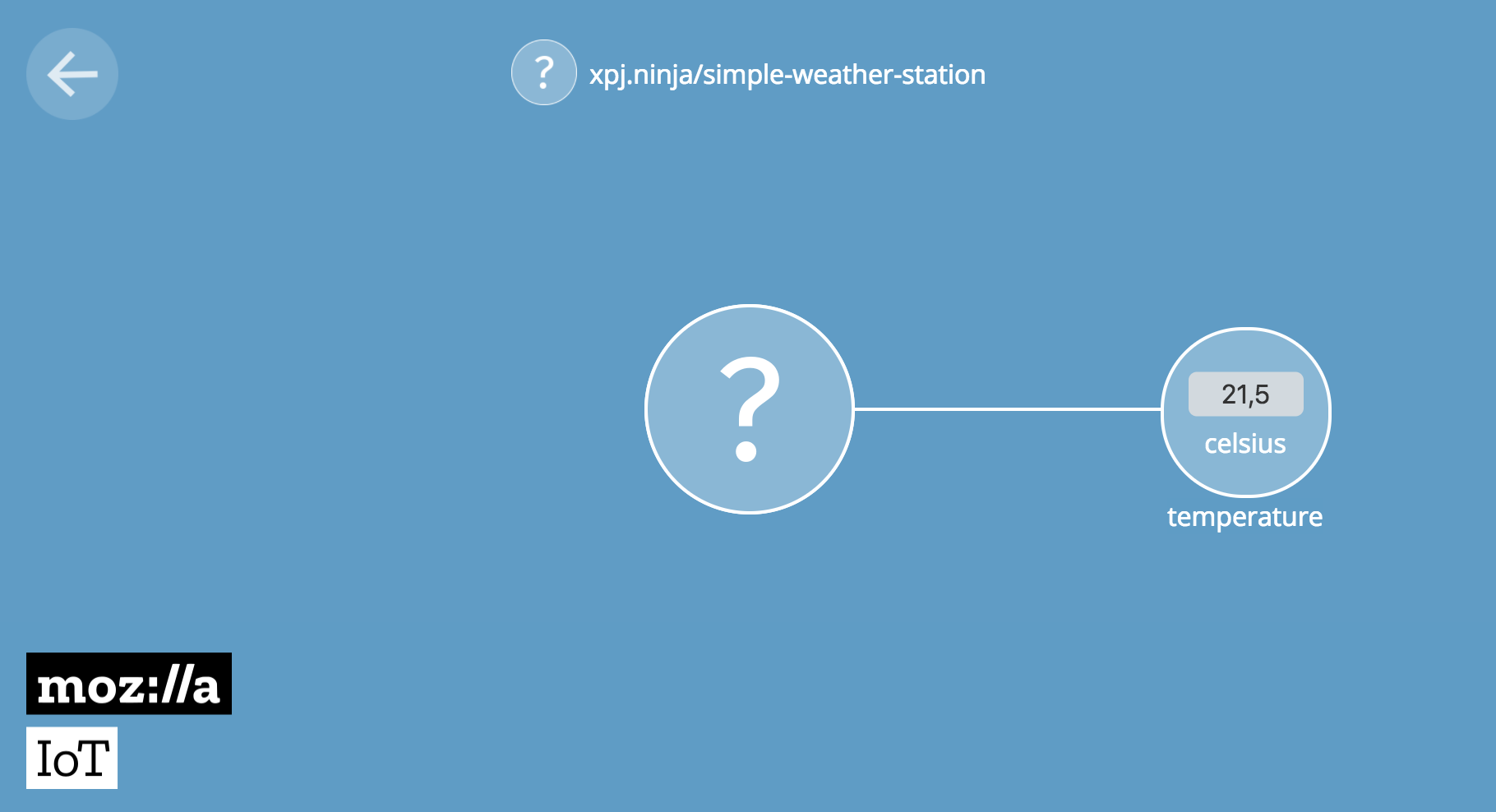
Mozilla IoT Gateway
09 April 2018
Mozilla IoT Gateway
Recently, Emerging Technologies team at Mozilla published first public available release of their Mozilla IoT Gateway and draft of Web Thing API.
Mozilla IoT Gateway is experimental project to connect "things" to the web and is the first component of the Project Things (others are Things Cloud and Things Framework). This sounds really good to me so I ordered brand new Rapsberry Pi 3B+ for testing what is it and how it works.
First steps were not so optimistic. Mozilla IoT Gateway is distributed as an image for flashing on SD card, but image was created from older Raspbian and newest RPi failed to boot.
Second try was to build Mozilla IoT Gateway from scratch following the guide on GitHub. In this case I was able to compile and run gateway on my RPi. That was sucessful and after some research, my experimental weather station was able to announce own existence to the Gateway and send some property (using ESP Adapter)

Second Look
After first success, I dig more into Web Thing API. It looks pretty simple, both REST and WebSockets are available. Registration and other interactions are as simple as responding to some requests.
But after digging deeper into documents I found, that this gateway is not suitable for small IoT devices like low-power weather stations. Mozilla IoT Gateway expects, that every device has REST endpoints available and this implicates web server running on each device.
For small devices it is more common to send MQTT messages and from design of Gateway, this will not be supported: https://github.com/mozilla-iot/gateway/issues/637
I can imagine usecase with weather station sleeping almost whole day, waking up just for few seconds every 5 minutes to send new sensor data. With Mozilla IoT Gateway this is not possible, because it will ask web server running on your weather station for new sensor data using Web Things API.
Conclusion
Mozilla IoT Gateway is really interesting piece of code with great idea of standard API for IoT devices. Unfortunately, it works just like gateway for devices like smart bulbs, smart outlets etc. For us, engineers with tiny controllers running from batteries, this is not yet usable.
But I hope in near future, we will see support for MQTT protocol and probably some other features suitable for low-power experiments.